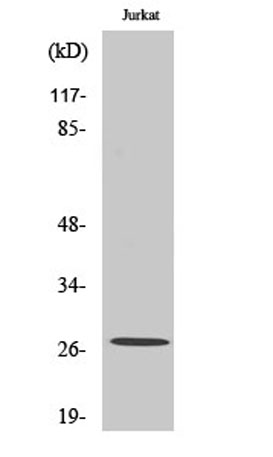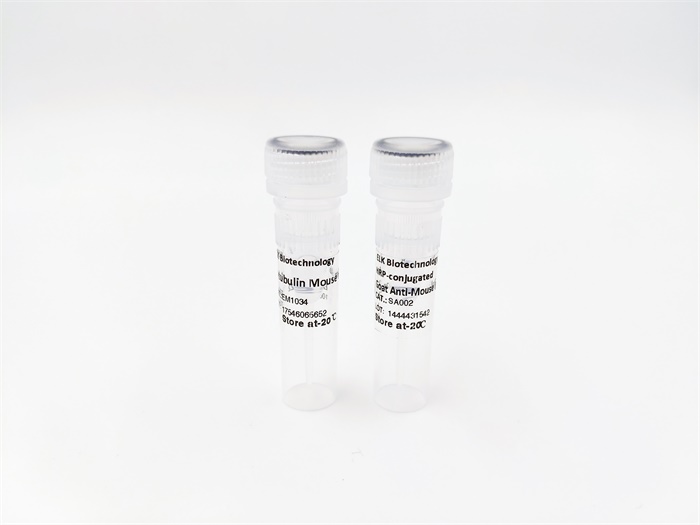| Product name: |
Cleaved-Cathepsin C HC (R394) rabbit pAb |
| Reactivity: |
Human;Rat;Mouse; |
| Alternative Names: |
CTSC; CPPI; Dipeptidyl peptidase 1; Cathepsin C; Cathepsin J; Dipeptidyl peptidase I; DPP-I; DPPI; Dipeptidyl transferase |
| Source: |
Rabbit |
| Dilutions: |
Western Blot: 1/500 - 1/2000. ELISA: 1/20000. Not yet tested in other applications. |
| Immunogen: |
The antiserum was produced against synthesized peptide derived from human Dipeptidyl-peptidase 1. AA range:345-394 |
| Storage: |
-20°C/1 year |
| Clonality: |
Polyclonal |
| Isotype: |
IgG |
| Concentration: |
1 mg/ml |
| Observed Band: |
27kD |
| GeneID: |
1075 |
| Human Swiss-Prot No: |
P53634 |
| Cellular localization: |
Lysosome. |
| Background: |
This gene encodes a member of the peptidase C1 family and lysosomal cysteine proteinase that appears to be a central coordinator for activation of many serine proteinases in cells of the immune system. Alternative splicing results in multiple transcript variants, at least one of which encodes a preproprotein that is proteolytically processed to generate heavy and light chains that form a disulfide-linked dimer. A portion of the propeptide acts as an intramolecular chaperone for the folding and stabilization of the mature enzyme. This enzyme requires chloride ions for activity and can degrade glucagon. Defects in the encoded protein have been shown to be a cause of Papillon-Lefevre syndrome, an autosomal recessive disorder characterized by palmoplantar keratosis and periodontitis. [provided by RefSeq, Nov 2015], |




 Western Blot analysis of various cells using Cleaved-Cathepsin C HC (R394) Polyclonal Antibody
Western Blot analysis of various cells using Cleaved-Cathepsin C HC (R394) Polyclonal Antibody Western blot analysis of lysates from Jurkat cells, treated with etoposide 25uM 1h, using Dipeptidyl-peptidase 1 (heavy chain,Cleaved-Arg394) Antibody. The lane on the right is blocked with the synthesized peptide.
Western blot analysis of lysates from Jurkat cells, treated with etoposide 25uM 1h, using Dipeptidyl-peptidase 1 (heavy chain,Cleaved-Arg394) Antibody. The lane on the right is blocked with the synthesized peptide.在線咨詢
技術(shù)支持



 下載說明 ①
下載說明 ①



